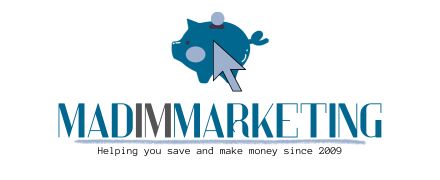When times are hard it makes sense to do more with what you already have. Conversion rate optimisation is a handy way of doing just that. This is especially true of an e-commerce solution where turning more of the people who already visit your site into customers could be far more beneficial (and cheaper) than looking for new traffic.
What is conversion rate optimisation?
The most simple way of explaining conversion rate optimisation or “CRO” as it is often referred to is the science of creating a website or landing page that is specifically tailored to increase the percentage of visitors to a website that become customers.
Getting new visitors to your website is an increasingly expensive and time consuming business which could all be fruitless if the visitors leave without actually buying anything. The tactics of conversion rate optimisation aim to reduce the “bounce rate” or the percentage of visitors who leave without making a purchase, this can have serious implications for an e-commerce solution particularly if your clicks are as a result of pay-per-click advertising.
How do you work out your site’s conversion rate?
It is quite straight forward to work out how your site is currently performing, all you need to do is divide the number of conversions (sales) you are getting by the number of visitors to your site and then you multiply this number by 100.
You can now compare your site’s conversion rate performance. Average conversion rates are in the region of 2 to 3%. However even if your site is performing well at say 5%, this still means that 95% of your visitors are leaving without making a purchase, a sobering thought!
How do you improve your site’s conversion rate?
Improving your site’s conversion rate is quite an involved process, at its most simple level you are looking for barriers to sales on a more complex level it will involve looking at your sales funnel, identifying where customers drop out and split testing solutions to see what has the best results. To do this effectively you need to stop thinking like a retailer and start thinking like a customer.
Some quick things to check:
- Does my site look trustworthy? Customers want to easily find your address, telephone number and email contact details. If they can’t they may worry why you are trying to hide from them – is it because your service is bad or are you a scammer?
- Are your reasons to buy easily identifiable? If you offer lowest guaranteed prices, free delivery or a no quibble returns policy then make sure these added benefits are prominently displayed.
- Calls to action. If the name of the game is sales you must ensure that the prospective customer is lead towards the sale in a clear and understandable way. If you are promoting a product or offer then have a landing page that deals specifically with this promotion and funnel your customers towards the checkout with clear signposts in as few steps as possible.
Obviously there is much more that can be done to improve your site’s conversion rate and there will be different barriers in different businesses but the important thing to remember that this is time well spent as small improvements here and there can have a huge impact on profits. For example if prior to working on conversion rate optimisation your site was converting at 2% and with a few small changes you had increased this to 3% you would have demonstrated a healthy 50% increase in revenue and all by getting better results from the traffic your website currently enjoys rather than trying to drive additional traffic to your site.
